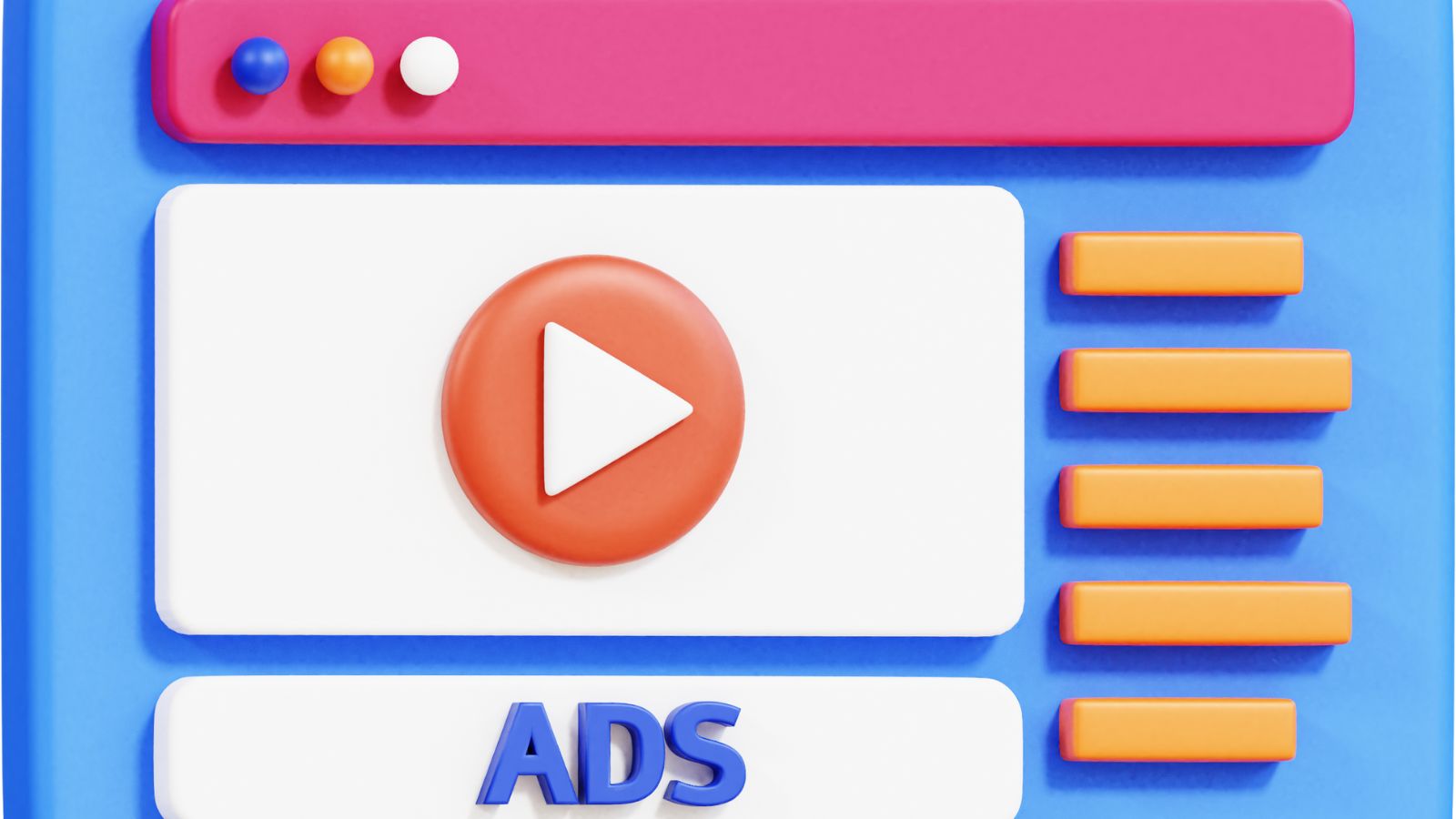Introduction
In today’s digital marketing landscape, YouTube advertising is essential to any high-performing marketing campaign. With over 2.5 billion monthly logged-in users, YouTube presents a unique opportunity to reach targeted audiences and drive conversions. However, even the most creative ad campaigns may fall short of their potential without precise YouTube ad tracking.
Effective tracking allows marketers to measure engagement, optimize targeting, and ensure their budget is used efficiently. This guide explores advanced techniques for YouTube ad tracking that can elevate your campaigns, providing a deep understanding of performance metrics and actionable insights to maximize ROI.
Understanding Youtube Ad Tracking
YouTube ad tracking is the process of monitoring and analyzing the performance of video advertisements on the platform. By leveraging tracking tools and methodologies, advertisers can collect valuable data on user behavior, engagement rates, conversions, and return on ad spend (ROAS).
Why Youtube Ad Tracking Matters
- Improved Audience Insights – Understand your audience’s behaviors, interests, and engagement patterns.
- Budget Optimization – Reduce wasted ad spend by identifying which ads perform best.
- Conversion Tracking – Measure the impact of ads on user actions, such as clicks, sign-ups, and purchases.
- A/B Testing – Test different ad creatives, placements, and targeting options for better results.
- Performance Attribution – Determine which ads contribute most to your revenue and scale them effectively.

Key Metrics To Track In Youtube Advertising
To optimize YouTube ad campaigns, advertisers should track several key metrics:
- View Rate (VR): The percentage of users who watch your ad versus those who see it.
- Click-Through Rate (CTR): The ratio of users who click on your ad after watching it.
- Cost Per View (CPV): The average cost incurred for each view.
- Conversion Rate (CVR): The percentage of users who complete a desired action after clicking your ad.
- Return on Ad Spend (ROAS): The revenue generated for every ad dollar spent.
- Watch Time: The total amount of time viewers spend watching your ad.
- Engagement Rate: Likes, shares, and comments generated by your ad.
Advanced Youtube Ad Tracking Techniques
Implementing advanced tracking techniques is essential to enhance your YouTube ad tracking and maximize efficiency. Below are some of the best practices and tools to improve tracking accuracy.
1. Implement Google Ads Conversion Tracking
Google Ads provides a built-in conversion tracking tool to measure the effectiveness of YouTube ads. To set this up:
- Navigate to your Google Ads Account.
- Click on Tools and Settings > Conversions.
- Create a new conversion action by defining goals such as website visits, form submissions, or purchases.
- Generate a tracking tag and install it on your website.
2. Use Google Analytics 4 For Deeper Insights
Integrating Google Analytics 4 (GA4) with Google Ads helps track user behavior beyond YouTube. GA4 provides detailed insights, including:
- Multi-channel attribution modeling.
- User journey tracking across devices.
- Real-time event tracking to measure specific actions taken after viewing an ad.
3. Leverage Utm Parameters For Precise Tracking
UTM parameters are tags added to URLs to track campaign performance in analytics tools. When linking to a website from your YouTube ad, use UTM parameters such as:
This enables accurate tracking of referral traffic and conversions. Following the best practices for using UTM links with YouTube ensures your campaign data stays organized and actionable.
4. Utilize Youtube Analytics For Behavioral Insights
YouTube Analytics provides in-depth insights into ad performance, including:
- Traffic Sources: Understand where your viewers are coming from.
- Audience Retention: Analyze where users drop off in your video.
- Demographics Data: Gain insights into viewer age, gender, and location.
5. Implement Server-Side Tracking With Gtm
Using Google Tag Manager (GTM), server-side tracking improves data accuracy and compliance with privacy. It minimizes data loss due to ad blockers and properly attributes conversion data.
6. Run A/B Tests On Ad Variations
A/B testing helps identify which ad elements perform best. Test different:
- Ad Formats: Skippable vs. non-skippable in-stream ads.
- CTAs: Different call-to-action buttons.
- Targeting Strategies: Audience segments based on demographics and interests.
7. Track Conversions with Offline Data Integration
If you drive leads via YouTube ads that convert offline (e.g., phone sales or in-store purchases), integrate offline conversion tracking by uploading conversion data into Google Ads.
Enhancing Youtube Ad Campaign Performance
Once tracking is set up, optimizing ad performance is the next step. Here are strategies to elevate your campaign results:
Optimize Your Targeting
- Use Custom Audiences to reach users based on their search history and online behavior.
- Leverage Lookalike Audiences to target users similar to your existing customers.
- Utilize Remarketing to re-engage previous website visitors.
Refine Ad Creative For Higher Engagement
- Keep Ads Concise: Aim for 15-30 second high-impact messaging.
- Hook Viewers Early: Capture attention within the first 5 seconds.
- Include Clear CTAs: Guide users to take the next step.
Adjust Bidding Strategies
- Use Maximize Conversions Bidding for performance-focused campaigns.
- Target CPV or ROAS Bidding for budget efficiency.

Conclusion
Effective YouTube ad tracking, is critical for optimizing advertising performance and maximizing return on investment. Advertisers can gain actionable insights into audience behavior and campaign success by leveraging tracking tools like Google Ads, GA4, UTM parameters, and YouTube Analytics.
Implementing advanced tracking techniques, such as server-side tracking, offline conversion integration, and A/B testing, further enhances accuracy and efficiency. With precise tracking in place, marketers can make data-driven decisions that elevate their YouTube ad campaigns to new levels of success.
By continuously refining tracking methods, optimizing targeting, and improving ad creatives, businesses can turn YouTube into a powerful channel for growth and revenue generation.



